The human body is a marvel of natural engineering, and every sensation we experience has a story rooted deep within our anatomy. It’s common to experience unexpected twinges, aches, or discomfort along one side and immediately wonder about the underlying cause. Perhaps you woke up with a dull ache under your ribs, felt a sharp sting after a meal, or noticed an unexplained pressure while exercising or resting. These moments can prompt anxiety and an urgent search for answers about what lies beneath the surface.
One of the most frequently asked and vital questions is: what organs are on the left side of the body? Understanding the answer to this question is more than simple curiosity; it is the first step toward making sense of our bodies and taking control of our health. By knowing the specific organs located on the left side and their roles, you are empowered to decode symptoms, act swiftly during emergencies, and communicate more effectively with healthcare providers.
This guide is designed to help you visualize and appreciate the complexity and importance of your left-side anatomy. By exploring each organ’s location, function, and the types of symptoms it can cause, you’ll gain a practical tool for everyday life. Whether you’re experiencing left-sided discomfort, monitoring chronic symptoms, supporting a loved one, or simply deepening your health knowledge, this article gives clear, well-structured insights rooted in both science and everyday concerns.
In the following sections, you’ll find comprehensive information about the major left-sided organs in your chest, abdomen, and pelvis. You’ll learn to recognize warning signs, understand when symptoms might be harmless or require professional attention, and discover how anatomy shapes your overall wellbeing. Let’s begin the journey beneath the skin, starting with one of the most commonly searched topics in anatomy: what organs are on the left side of the body.
Why Knowing Left-Side Organ Anatomy Matters
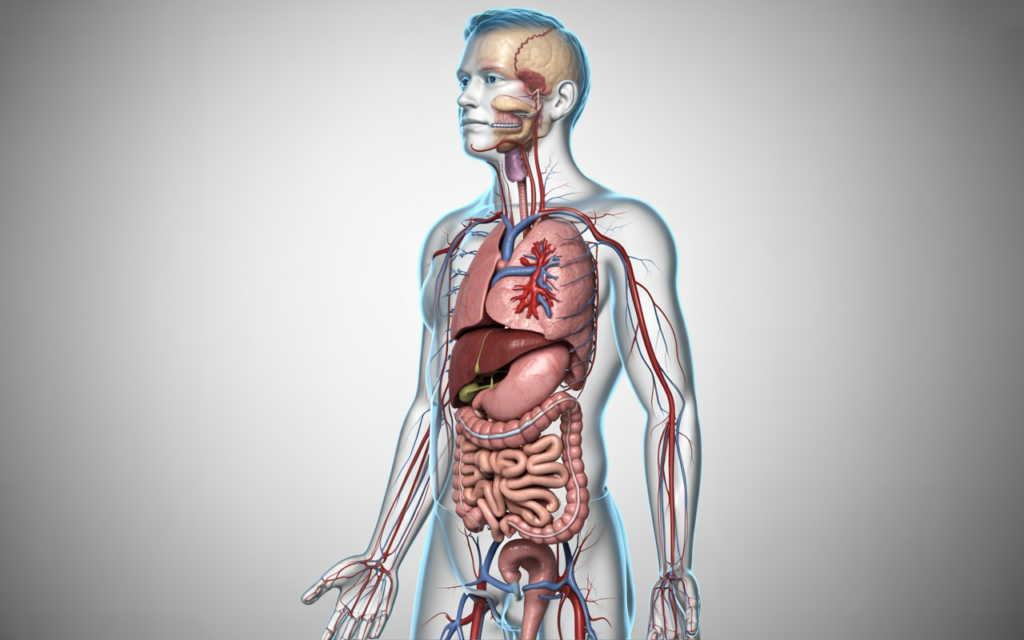
Let’s be honest — we usually take our internal organs for granted until something goes wrong. That mysterious pain on your left side? It sets off a wave of questions:
- Is it digestive?
- Is it my kidney?
- Could it be my heart?
Knowing what organs are on the left side of the body can help you:
- Respond to symptoms more intelligently
- Describe your pain accurately to a doctor
- Monitor chronic conditions like kidney disease or gastritis
- Identify medical emergencies faster
Most importantly, this knowledge reduces panic. When you understand the possibilities, you’ll worry less and act smarter.
Which Organs Are Actually on the Left Side of the Body?
To organize things clearly, the body is typically viewed in three major regions when discussing sides:
- Thoracic Region (chest)
- Abdominal Cavity
- Pelvic Area
Each contains organs — some unique to the left and others present on both sides but potentially more impactful on the left.
Let’s break it down in detail.
1. The Heart – The Most Essential Left-Sided Organ
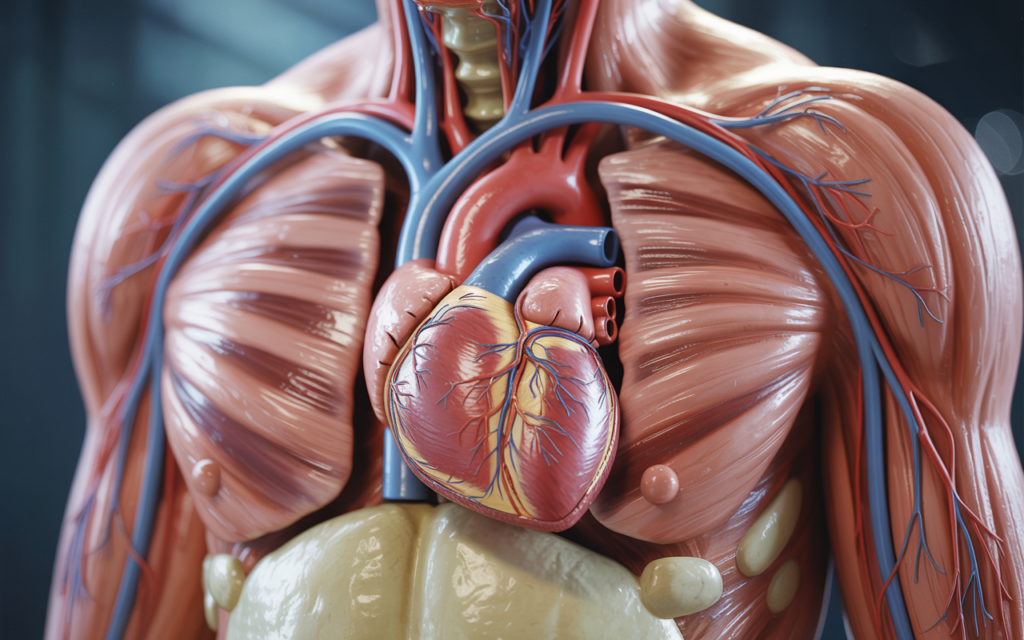
Location: Upper middle chest but extends into the upper left thoracic cavity
Function: Pumps oxygenated blood throughout the body
Although the heart is centered, most of it lies on the left side of the chest, protected by ribs and adjacent to the left lung. It’s the most vital organ leaning toward your left side.
Key Roles:
- Distributes oxygen and nutrients to organs
- Removes carbon dioxide and waste products
- Maintains blood pressure and heartbeat rhythm
Left-Sided Symptoms to Watch:
- Crushing chest pain on the left, often with pressure or tightness
- Pain radiating to left arm, jaw, neck
- Cold sweats, fainting, nausea
These are hallmark signs of:
- Myocardial infarction (heart attack)
- Angina (reduced blood flow)
- Pericarditis (inflammation around the heart)
When to act: Left-sided chest pain is always a red flag. Even if mild, never ignore it — particularly if it comes with dizziness or breathlessness. Seek emergency medical care immediately.
Pro Tip: A mild muscle strain can mimic heart pain. If pain worsens with motion or pressing the chest, it may be musculoskeletal — still worth checking if any doubt exists.
2. The Left Lung – Your Left-Sided Breathing Powerhouse
Location: Left chest cavity, narrower than your right lung due to your heart’s location
Function: Respiratory — allows oxygen in and carbon dioxide out
The left lung is divided into two lobes (upper and lower), compared to three in the right lung. It sits adjacent to the heart and near important blood vessels.
Core Functions:
- Exchanges gases (oxygen and carbon dioxide)
- Helps protect the heart and control pH levels in the blood
- Filters small clots and air bubbles from circulation
Signs of Left Lung Issues:
- Left side chest pain during deep breaths, laughing, or coughing
- Shortness of breath and wheezing
- Chronic coughing or coughing blood
These may be caused by:
- Pneumonia (lung infection)
- Pleuritis/Pleurisy (inflammation in lung lining)
- Pulmonary embolism (blood clot)
- Lung cancer (often starts quietly)
When to act: Lung conditions can become life-threatening quickly. Shortness of breath + left chest pain? Get medical attention right away.
3. The Stomach – Your Upper Left Digestive Center
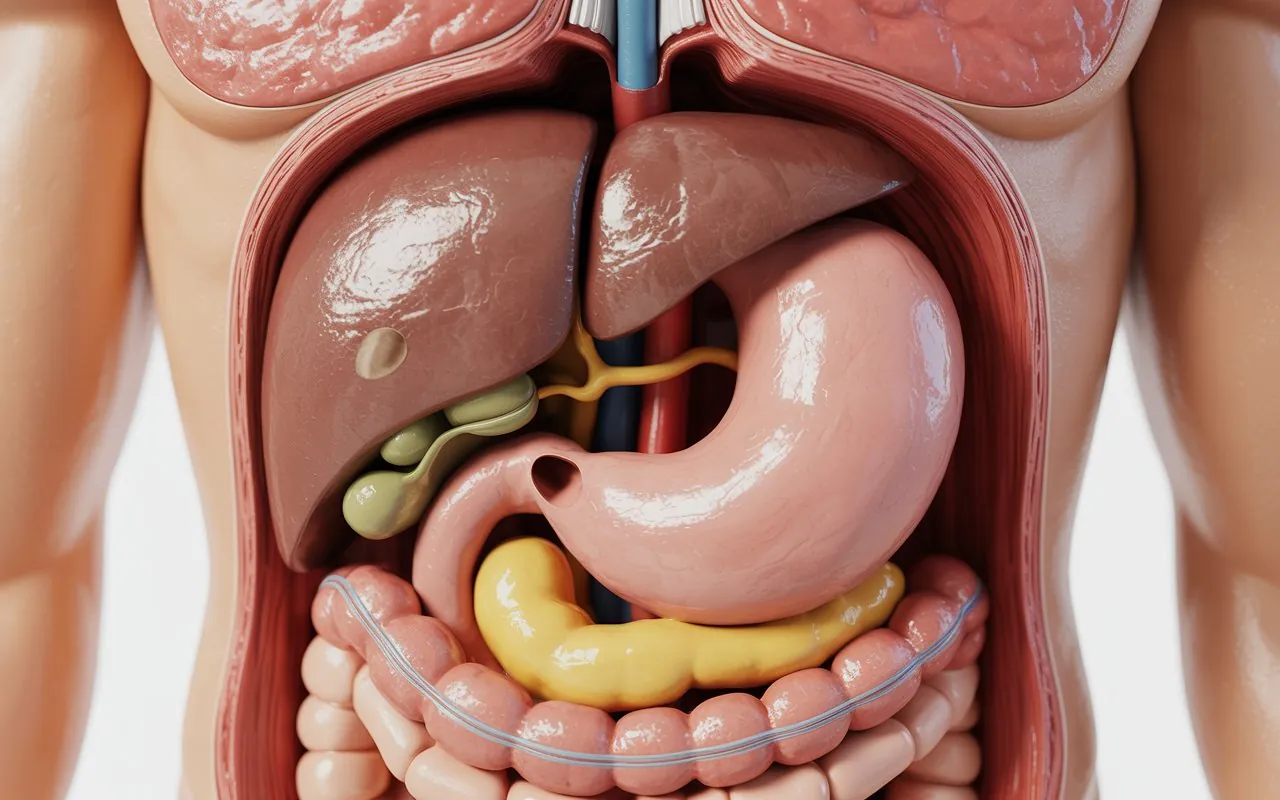
Location: Upper left abdomen, beneath the diaphragm and ribs
Function: Breaks down food with acid and enzymes
The stomach plays a huge role in digestion. After swallowing, food is stored, broken down, and sent to the small intestine.
What it does:
- Produces hydrochloric acid to digest proteins
- Kills harmful microbes
- Releases intrinsic factor for vitamin B12 absorption
- Pushes semi-digested food (chyme) to your small intestine
Signals That Something May Be Wrong:
- Burning or gnawing pain in the upper left abdomen
- Bloating, gas, or a feeling of heaviness after meals
- Nausea, vomiting, and acidic burps
These symptoms may point to:
- Gastritis (stomach lining inflammation)
- Peptic ulcers
- GERD (acid reflux)
- Stomach tumors
Lifestyle Tip: Reduce alcohol, caffeine, spicy foods, and stress to ease stomach-related pain. However, persistent discomfort must be medically reviewed.
4. The Spleen – The Forgotten Left-Side Immune Organ
Location: Left upper abdominal quadrant, under the ribcage, near the stomach
Function: Filters blood, recycles red blood cells, supports immune system
Many people don’t even realize they have a spleen — until there’s a problem. Though not essential for survival, it plays a meaningful role in your immunity.
Spleen Functions:
- Stores platelets and white blood cells
- Screens blood for infections
- Recycles iron from broken-down red cells
Splenic Symptoms:
- Pain or fullness under the left ribs
- Feeling bloated or full from a small meal
- Weakness or easy bruising (if causing blood imbalances)
Causes of spleen issues include:
- Infectious mononucleosis
- Liver diseases (e.g., cirrhosis)
- Blood cancers
- Traffic accidents or sports injuries (can rupture a spleen)
Medical Emergency Alert: A ruptured spleen can cause life-threatening internal bleeding. Seek emergency help if you have sudden severe left upper abdominal pain, especially after trauma.
5. The Pancreas – Left-Side Digestive and Hormonal Hero
Location: Runs across your abdomen behind the stomach; the tail, which is near the spleen, sits on the left side
Function: Helps digest food and regulate blood sugar
Key Pancreas Duties:
- Produces insulin and glucagon for blood sugar balance
- Releases digestive enzymes into the small intestine
- Supports metabolism
Symptoms of Pancreatic Trouble:
- Deep, burning pain in the left upper abdomen, possibly radiating to the back
- Bloating, nausea, vomiting
- Unexplained weight loss
Conditions include:
- Pancreatitis (often from alcohol or gallstones)
- Pancreatic cysts or tumors
- Pancreatic cancer (often silent early on)
Pain that worsens after meals could be a giveaway. Sometimes the pain is relieved by leaning forward — a classic pancreatitis sign.
6. The Left Kidney – Your Filtration Station for the Left Side
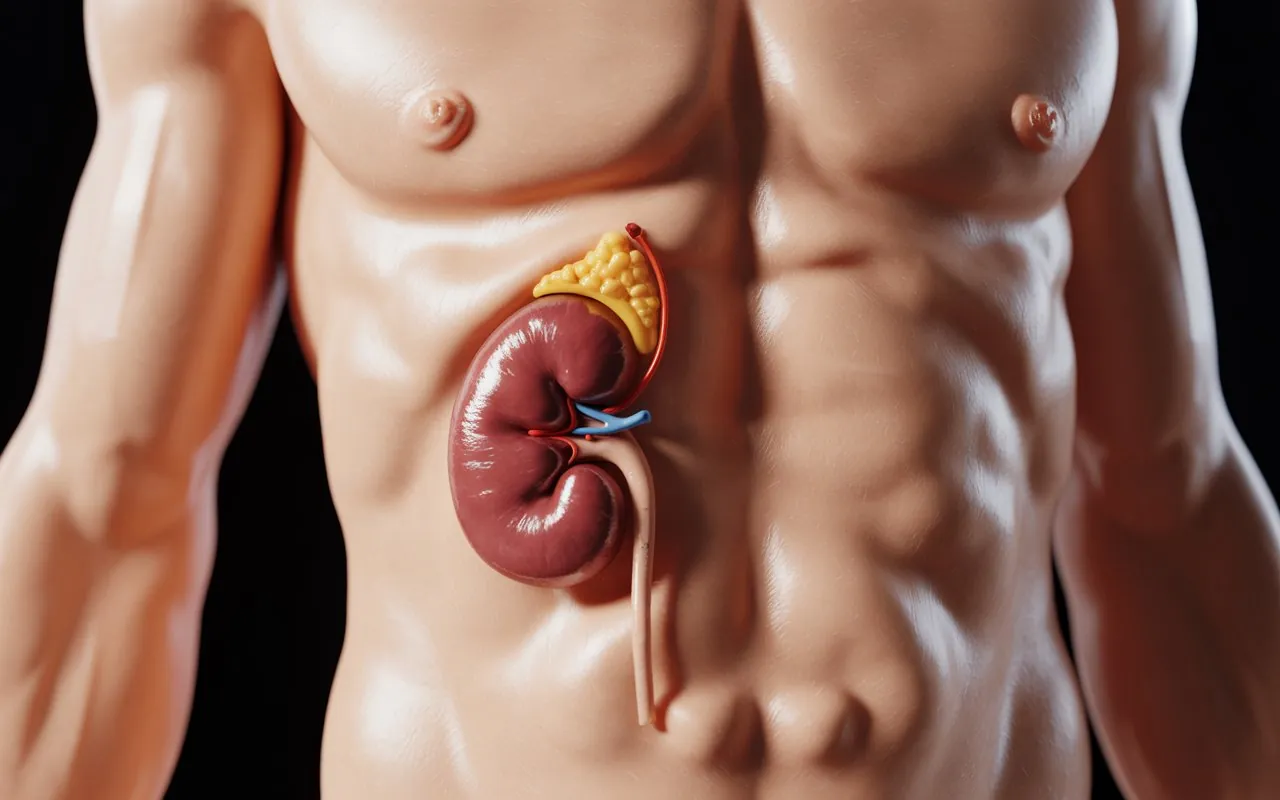
Location: Left side of lower back (flank), towards the spine, beneath ribs
Function: Filters toxins from blood, regulates blood pressure, balances fluids
Each kidney is bean-shaped and plays a vital role in internal cleansing. The left kidney is typically a little higher than the right due to the liver on the right side.
Kidney Responsibilities:
- Filters urea, creatinine, and other waste from blood
- Maintains electrolyte balance
- Regulates blood pressure via renin secretion
- Controls red blood cell production through erythropoietin
Common Left Kidney Issues:
- Dull, steady pain in the left back/flank
- Blood in the urine or cloudy urine
- Painful, frequent urination
- Swelling in legs or ankles (from poor filtration)
Common culprits:
- Kidney stones
- Urinary tract infections (UTIs)
- Kidney infections (pyelonephritis)
- Polycystic kidney disease
Hydration Tip: Drink at least 2–3 liters of water per day to reduce kidney stone risk, especially in hot climates like Nigeria where dehydration is common.
7. Large Intestine (Descending Colon & Sigmoid Colon)
Location: Left side of lower abdomen
Function: Absorbs water, forms stool, removes waste
The descending and sigmoid regions of the large intestine run down the left abdomen into the pelvis, making this area a common source of lower left-sided discomfort.
Symptoms of Large Intestine Issues:
- Constipation or diarrhea
- Gas and bloating
- Sharp cramps in the lower left belly
Common diseases include:
- Diverticulitis – inflamed pouches on colon walls
- Irritable bowel syndrome (IBS)
- Colitis or left-sided colon cancer
Warning Sign: Severe, localized lower left pain + fever and changes in bowel habits? It could be diverticulitis — don’t ignore it.
8. Small Intestine (Portions Loop Into the Left Side)
Though centered, the small intestine’s many coils wind into the left abdomen and pelvis.
Function: Continues digestion and absorbs nutrients
Any issue in this area often affects digestion and energy:
- Crampy pain, bloating, irregular stools
- Nutritional deficiencies (like iron, B12, calcium)
- Food intolerance reactions (celiac disease)
9. Left-Sided Reproductive Organs
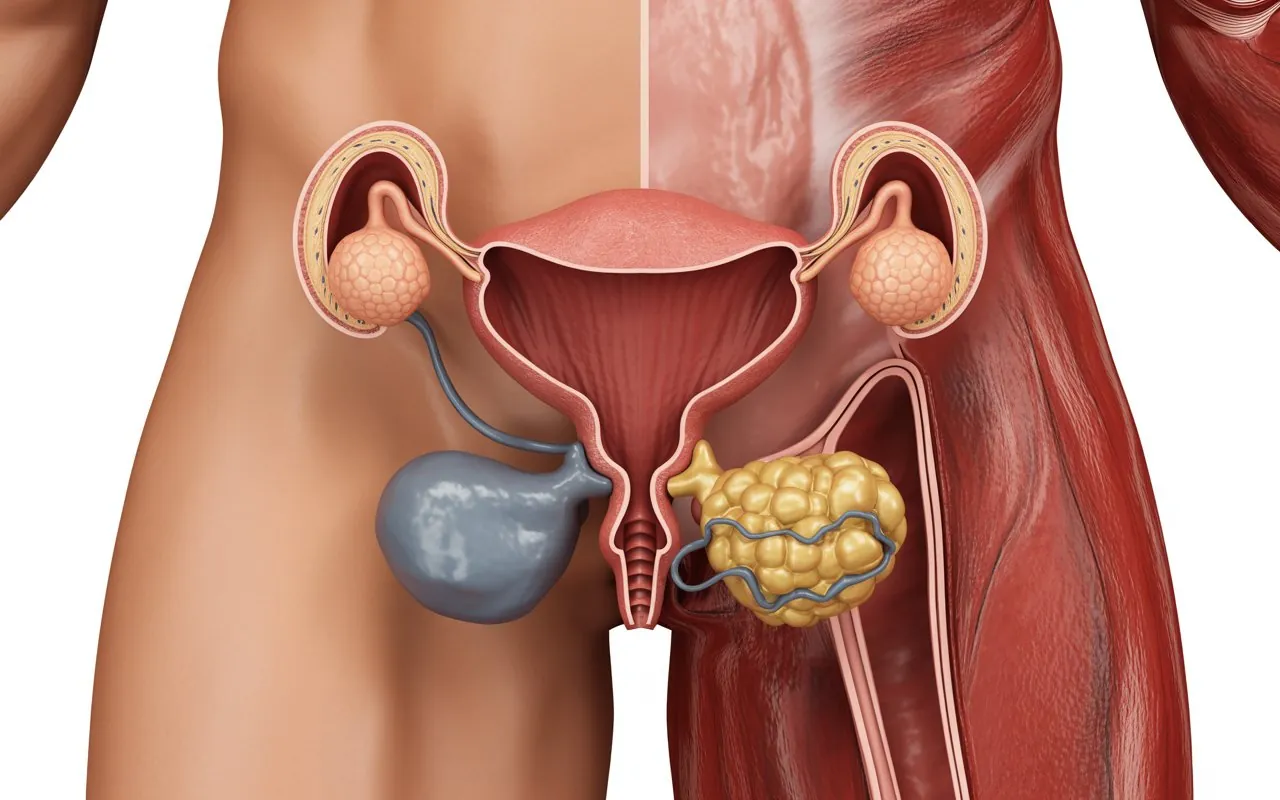
In Women:
- Left ovary and fallopian tube sit in the lower left pelvic area.
- Common causes of left-sided reproductive pain:
- Ovarian cysts
- Ectopic pregnancy
- Ovulation pain (mittelschmerz)
- Pelvic inflammatory disease
Urgent Symptom: Any sudden, severe pelvic pain with dizziness or bleeding may indicate an ectopic pregnancy or ovarian torsion — seek immediate medical care.
In Men:
- Left testicle, part of the spermatic cord and vas deferens travel along the lower left groin.
- Sharp groin or scrotal pain may suggest:
- Testicular torsion
- Hernias
- Epididymitis (inflammation)
Pro Tip: Testicular pain that shifts to the left lower abdomen is a signal to see a doctor ASAP.
10. Left Adrenal Gland – A Hormone Control Center
Location: On top of the left kidney
The adrenal glands might be small, but they produce crucial hormones like:
- Cortisol (stress hormone)
- Adrenaline
- Aldosterone (regulates sodium/blood pressure)
Disorders here may cause:
- Fatigue, weight gain/loss
- Blood pressure swings
- Mood issues
Conditions:
- Addison’s Disease (underactive glands)
- Cushing’s Syndrome (overactive cortisol)
- Benign tumors or growths
Bottom Line: What Does Left Side Pain Mean?
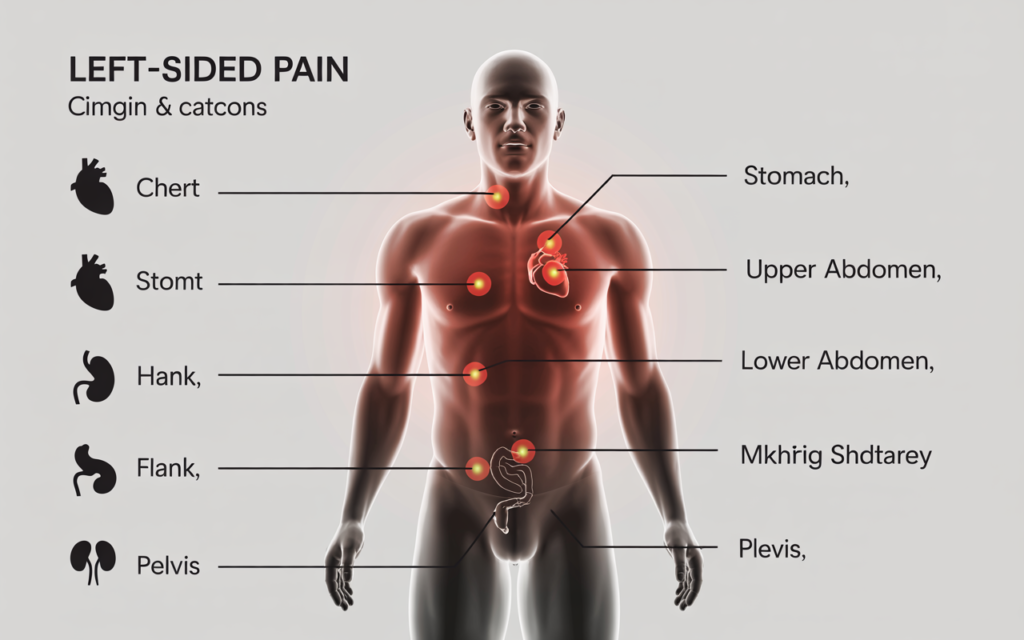
Now that you know what organs are on the left side of the body, here’s how to evaluate pain:
| Symptom Type | Possible Cause | What to Do |
|---|---|---|
| Sharp chest pain | Heart or lung | Seek emergency care |
| Upper left stomach burning | Stomach ulcer or gastritis | See a GI doctor |
| Dull low back pain | Left kidney | Urinalysis and imaging |
| Cramping + bowel changes | Colon issues | Colonoscopy or GI evaluation |
| Pelvic pain + period change | Ovarian issues | Pelvic exam, ultrasound |
Frequently asked questions
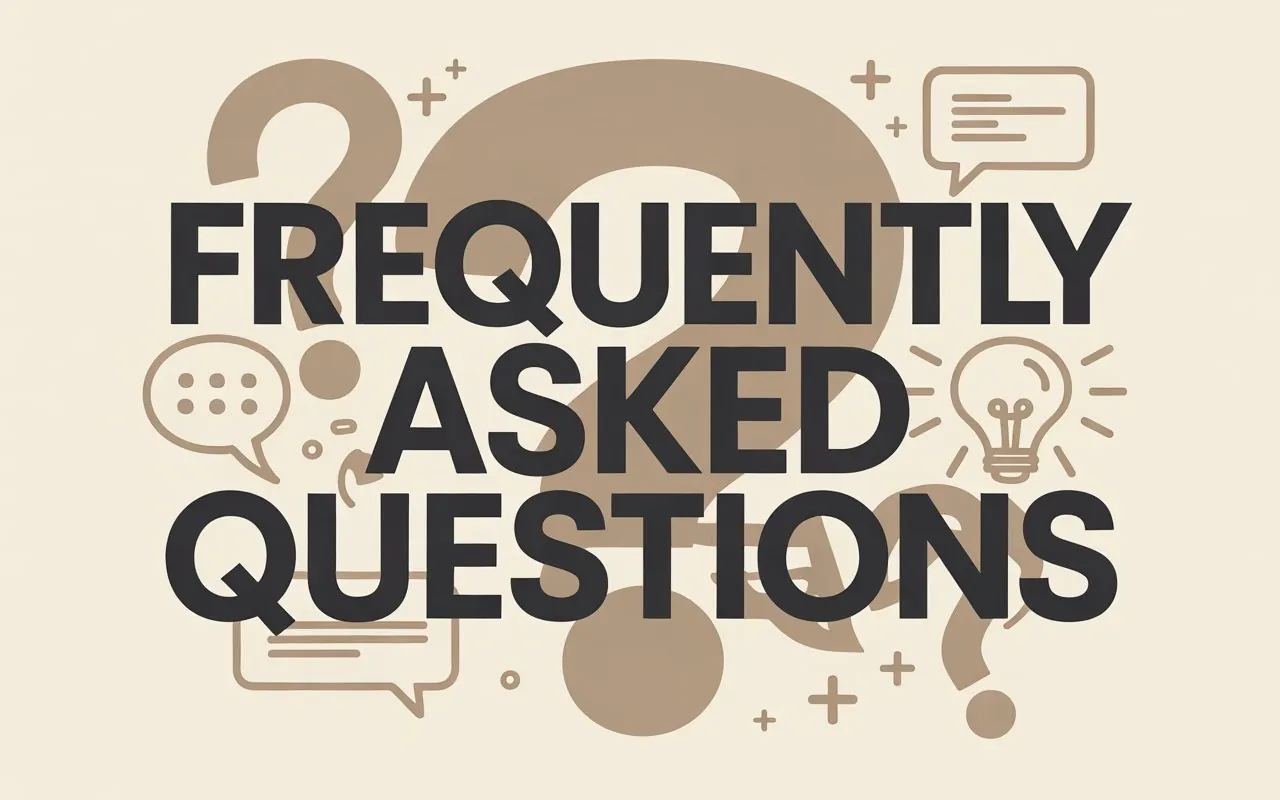
1. What causes a yeast infection on the skin?
A skin yeast infection is most commonly caused by an overgrowth of the fungus Candida albicans. Factors like excessive moisture, wearing tight or non-breathable clothing, poor hygiene, recent antibiotic use, diabetes, and weakened immunity can all create conditions that support yeast overgrowth.
2. How can you tell if you have a yeast infection on your skin?
Symptoms of a skin yeast infection include persistent itching, redness, a shiny or moist rash, peeling or scaling skin, and sometimes burning or soreness. These symptoms usually appear in warm, moist areas of the body, such as under the breasts, between skin folds, in the groin, or underarms.
3. How are skin yeast infections diagnosed?
A doctor usually diagnoses yeast infections by examining the affected skin. Sometimes, a skin culture or scraping may be performed to confirm the presence of Candida or to rule out other skin conditions.
4. What is the most effective treatment for a skin yeast infection?
Topical antifungal creams or ointments—such as clotrimazole, miconazole, or ketoconazole—are the most common treatments and usually clear the infection within 1–2 weeks. More severe or persistent cases may require oral antifungal medication prescribed by a healthcare provider.
5. Are there natural or home remedies that help with yeast infections on the skin?
Maintaining good hygiene, keeping skin dry, wearing loose, breathable clothing, changing out of damp clothes, and adding probiotics to your diet can help both prevent and manage mild yeast infections. Some people use saltwater rinses or dietary yogurt for probiotic support, but yogurt should only be eaten, not applied to the skin.
6. Can a skin yeast infection go away on its own without treatment?
No, a skin yeast infection typically does not resolve without appropriate treatment. Antifungal medication is usually needed to destroy the fungus and clear the infection. Untreated infections can persist or worsen over time.
7. When should you see a doctor for a skin yeast infection?
See a doctor if you are uncertain about the diagnosis, if over-the-counter treatments don’t work after two weeks, if the rash spreads, becomes more painful, develops pus, or if you feel generally unwell. Those with weakened immune systems or frequent infections should also seek medical advice.
8. How can you prevent yeast infections on your skin?
To lower your risk, keep skin clean and dry, wear loose-fitting cotton clothing, change out of sweaty or damp clothes quickly, avoid harsh soaps and fragrances, practice good hygiene, and manage conditions such as diabetes to keep blood sugar under control.
conclusion
When you encounter unusual pain, bloating, pressure, or discomfort on the left side, recalling this guide helps you think critically. You now know the major left-sided organs, their roles, what symptoms to watch for, and when to seek medical help. Making an informed decision may save your health — or even your life. Whether it’s your heart, stomach, kidney, or reproductive organs, your left side matters. Stay proactive. Stay aware. Stay healthy.